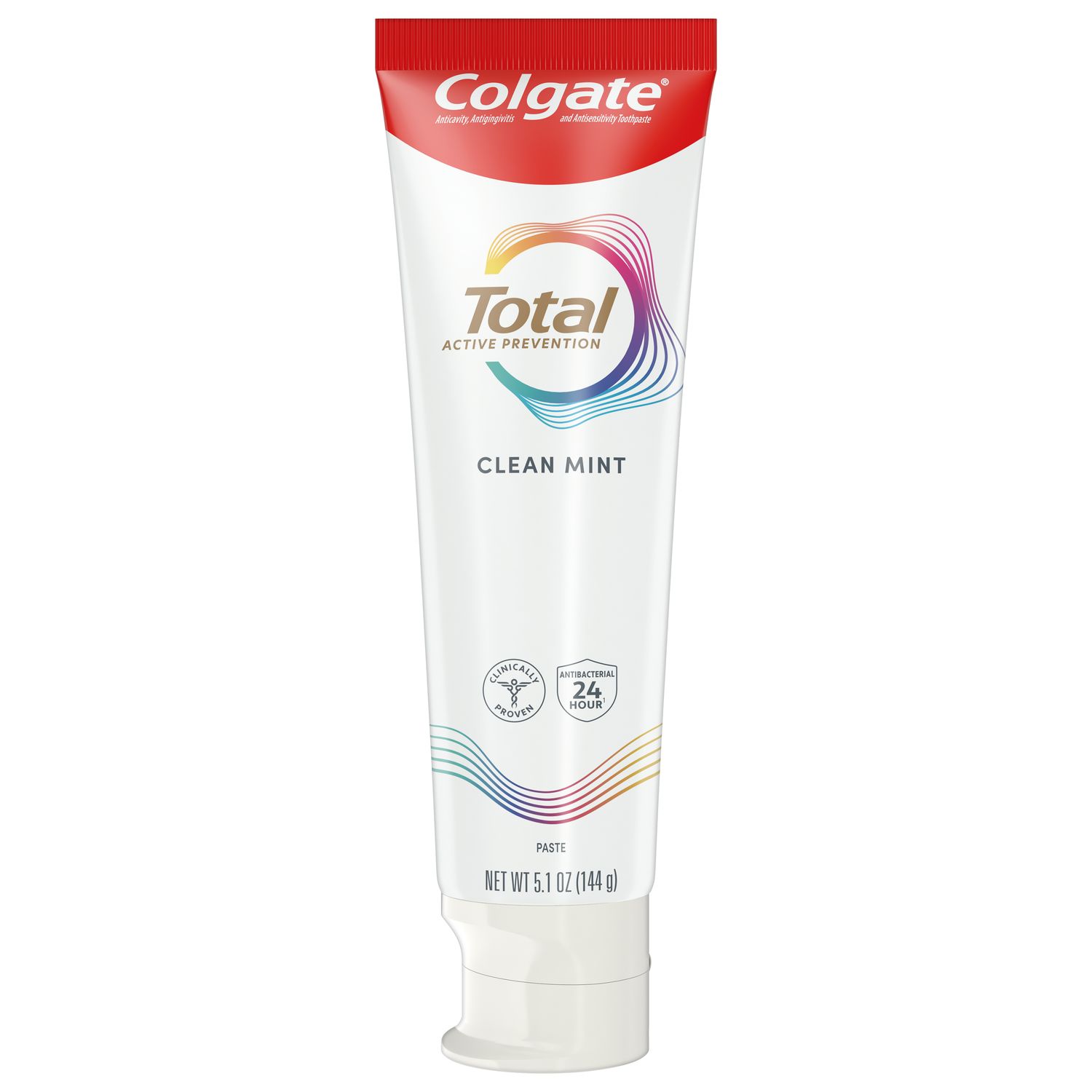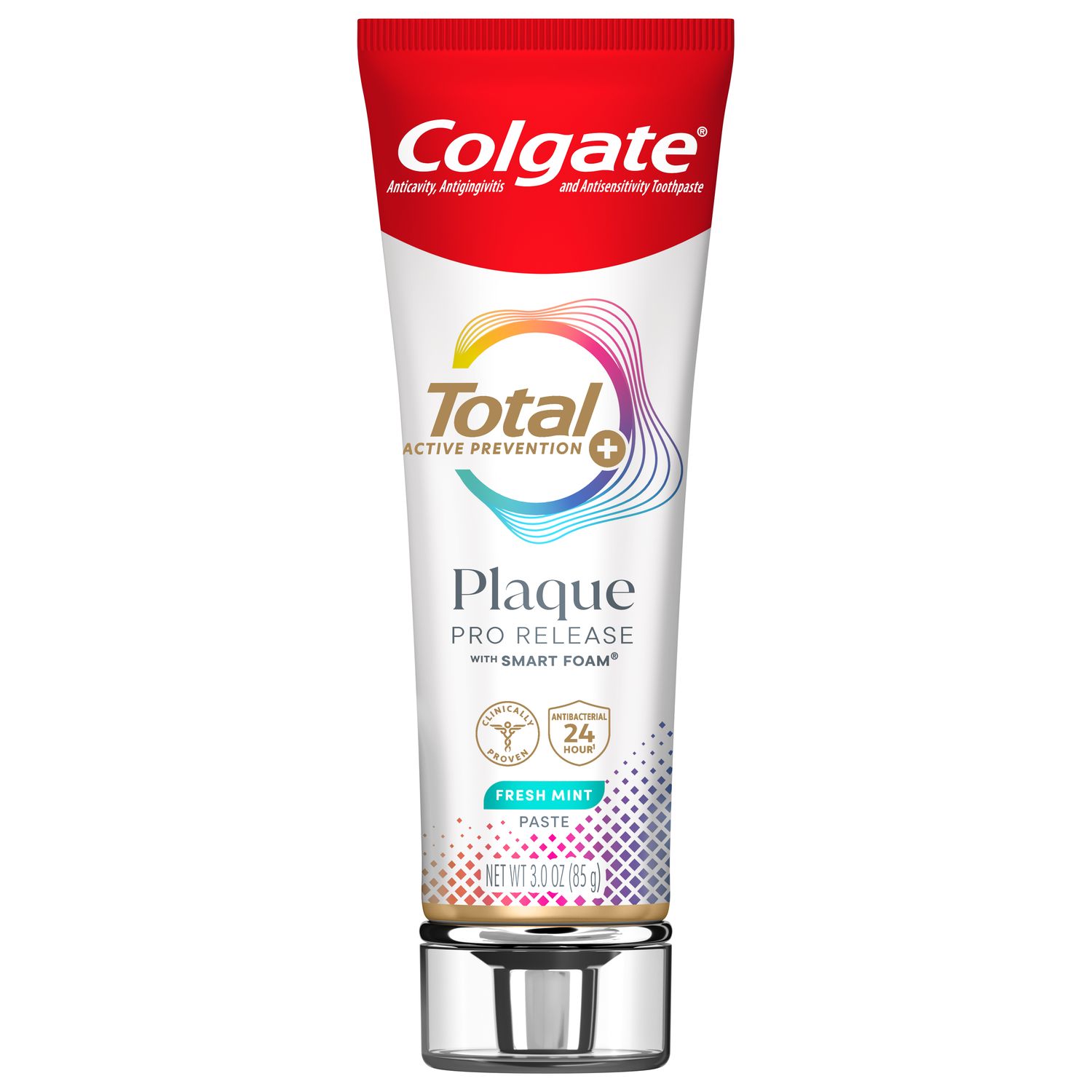
At the beginning of 2017, dental professionals were given a new code to properly code moderate to severe gingival inflammation with no clinical attachment loss. This code now bridges the gap between dental procedure codes D1110 (prophylaxis) and D4341/D4342 (scaling and root planing).
All dental hygienists have patients who present with inflamed, red gingival tissue, light to moderate calculus, and generalized pseudo-pocketing with no clinical attachment loss. Until now, we have only been able to code this patient's treatment as a D1110. We can finally correctly code treatment for patients with gingivitis.
Description
According to the American Dental Association (ADA), the dental procedure code D4346 is defined as, "scaling in presence of generalized moderate or severe gingival inflammation – full mouth, after oral evaluation. The removal of plaque, calculus and stains from supra- and sub-gingival tooth surfaces when there is generalized moderate or severe gingival inflammation in the absence of periodontitis. It is indicated for patients who have swollen, inflamed gingiva, generalized suprabony pockets, and moderate to severe bleeding on probing. [It] should not be reported in conjunction with prophylaxis, scaling and root planing, or debridement procedures." It is important that dental professionals clearly understand and appropriately use the code in order to gain acceptance from insurance companies and patients.
Facts
Here are some quick facts about D4346:
- This code can only be used for the full mouth and no other prophylaxis/scaling codes can be submitted on the same date. There is one exception, for the new code D6081: "scaling and debridement in the presence of inflammation or mucositis of a single implant, including cleaning of the implant surfaces, without flap," as described by the ADA.
- D4346 is not age-based. It can be used for children, especially in orthodontic patients.
- Regardless of age, patients must have a periodontal chart to show the absence of periodontal disease.
- At least 30% of the mouth must have moderate or severe gingivitis. This percentage may not be based on the amount of calculus.
- Intra-oral photographs should be taken to help educate the patient but also to send to the insurance company with the claim.
- A follow-up appointment should be made for two to four weeks after treatment, to evaluate healing.
- If the patient returns in the future for examinations, if indicated another D4346 can be completed and claimed or, if the patient is healthy, a prophylaxis (D1110) can be performed. A patient can be coded as a D4341/D4342 if clinical attachment loss is later present and accompanied by calculus. A patient's periodontal status can change or remain the same. It is important to code the patient correctly.
- The code D4346 should be used based on clinical indication, as described for the code, not on the difficulty of treatment.
Patient Communication
It is important to explain to the patient what gingivitis is and that it is reversible if actions are taken in the dental office and at home. You should recommend home care products that best fit your patient's needs. For gingivitis patients, Colgate Total Daily Repair toothpaste is an excellent product recommendation. It helps to repair early tooth and gum damage and helps to prevent plaque and gingivitis, helping to keep gums healthy. Using the Gum Health Physical tool helps you create a customized report that describes product recommendations and contains a customized chart that shows where your patient needs to improve home care. Sending patients home with a visual representation of where their oral care is lacking may motivate them to adopt better habits.
Just because certain dental procedure codes exist does not mean the patient has coverage. Insurance companies may take a few months to recognize this code and develop terms and conditions for new CDT codes for each policy. It is our job as dental professionals to properly code each patient based on the findings during the doctor's exam and the care rendered by the dental hygienist.
Takeaways
- Refer to the ADA's guidelines and case examples to determine if a patient's treatment should be coded as a D4346, D1110, or D4341/D4342.
- Remember that D4346 can only be used when moderate to severe gingival inflammation is present on at least 30% of teeth and there is no clinical attachment loss present.
- Send a pre-authorization to the insurance company, so that you know whether D4346 is covered and let the patient know ahead of treatment that it may/may not be covered. This makes sure the patient doesn't receive any surprise bills.
Why It's Valuable
It is crucial to understand dental codes because they enable dental hygienists to code correctly according to the care patients receive. The addition of D4346 fills the gap between prophylaxis and scaling/root planing, thus allowing dental hygienists to code appropriately for more precise insurance claims. Hopefully, the new D4346 code will result in reimbursement from insurance companies and better encourage patients to seek the dental care they require to treat their gingivitis.
Join us
Get resources, products and helpful information to give your patients a healthier future.
Join us
Get resources, products and helpful information to give your patients a healthier future.













